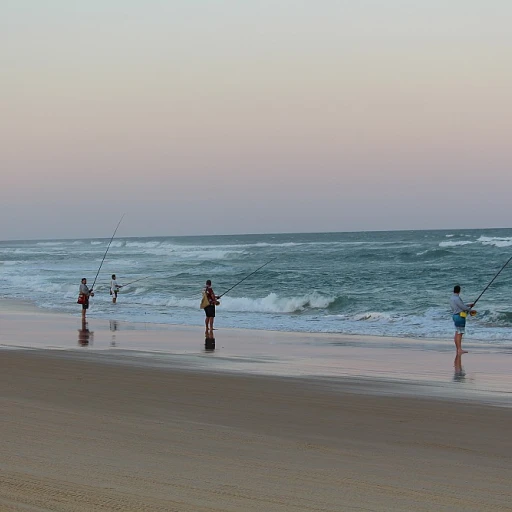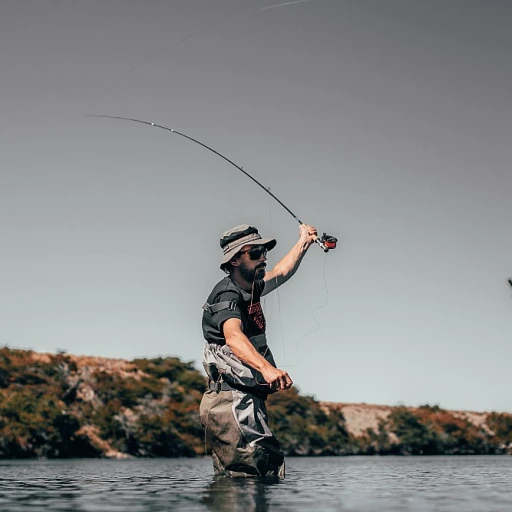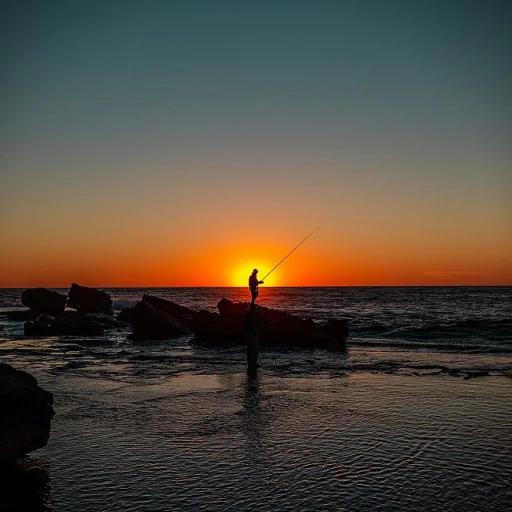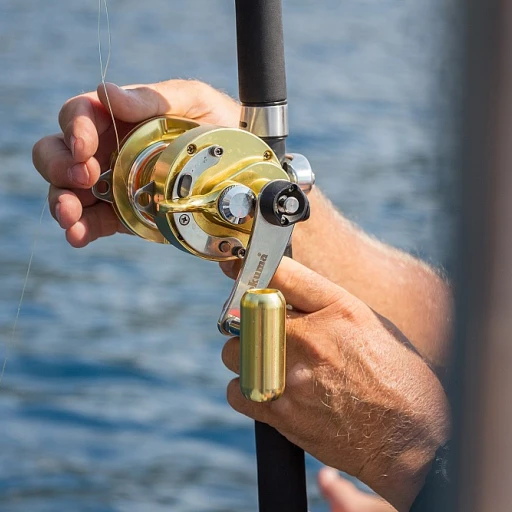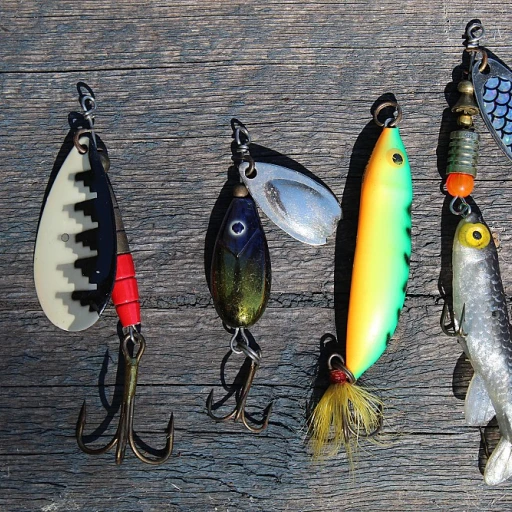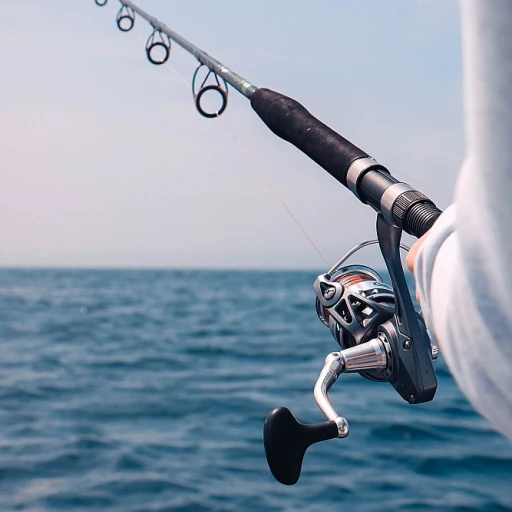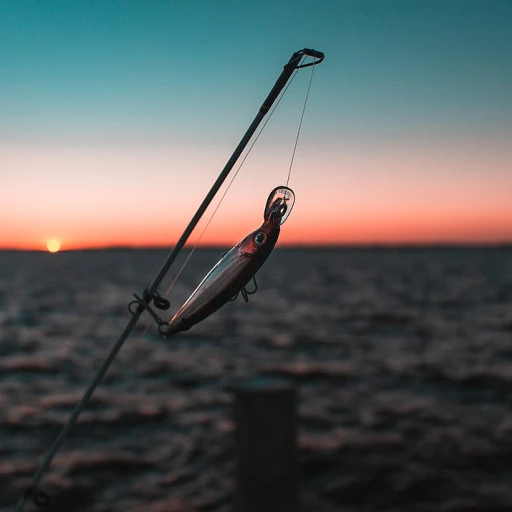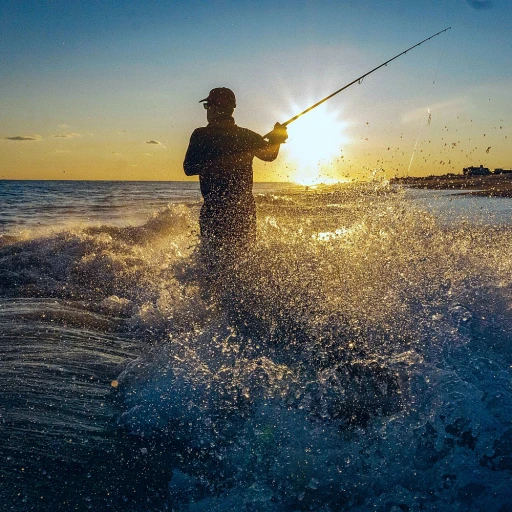
Understanding Musky Swimbaits
The Essentials of Musky Swimbaits
When diving into the world of musky fishing, understanding the role of musky swimbaits is essential for success. These specialized lures are designed to mimic the natural prey of muskies, using realistic movements and lifelike appearances to entice strikes from these powerful predators. The versatility of swimbaits allows anglers to tailor their approach to various fishing environments, enhancing their catch rates.
Musky swimbaits come in an array of styles, sizes, and designs, each crafted with unique features to cater to specific fishing scenarios. Some have a solid body, while others use jointed sections for added movement. The wide selection in the market includes options that boast intricate tail movements or offer different aspect ratios for varying swimming actions.
Incorporating musky swimbaits into your tackle box means considering factors such as action, sink rate, and color patterns. These baits require a level of finesse to maximize their potential, often calling for thoughtful planning before hitting the water. The right swimbait demands attention to the media alt of features like position preview and media aspect to capture a musky's interest.
Choosing the Right Swimbait for Musky
Finding the Perfect Swimbait
Choosing the right swimbait for your musky fishing adventure is no small feat. With a wide array of options available, both online in various shop files and at your local tackle store, understanding what makes a swimbait effective is essential. The price of these baits can vary significantly, but investment in a quality swimbait is crucial to enhance your catch. When searching for the optimal swimbait, consider the following factors to complement your selling plan and fishing needs:- Size and Weight: The size and weight of swimbaits require consideration of the musky's feeding habits and the conditions you'll be fishing in. Larger baits are often effective in cold seasons, but during warm months, smaller options may yield better results.
- Tail Action: The motion of the swimbait's tail plays a pivotal role in attracting musky. Look for options with various tail designs, from soft undulating tails to those that provide a strong thumping action.
- Material and Durability: Quality materials ensure the longevity of your swimbaits. It's worth investing in those featuring durable materials, even if it demands a higher price from a reputable cdn shop.
- Color and Pattern: Selecting the right color and pattern can significantly impact your results. Given the musky's keen eyesight, swimbait colors should mimic the natural prey found in your fishing waters.
Techniques for Using Musky Swimbaits
Mastering the Art of Musky Swimbait Techniques
Musky fishing with swimbaits is a thrilling and challenging endeavor, requiring a blend of skill, knowledge, and patience. When setting your plan to optimize your fishing strategy, the right techniques can significantly enhance your chances of reeling in these elusive giants. Let's explore the intricacies of effectively using musky swimbaits.
First, consider the art of handling. It requires a strategic approach, where precise throws and controlled retrieves play a crucial role. Maintaining an appropriate retrieve speed is essential—too fast, and you risk the lure skimming the surface; too slow, and musky might lose interest.
A swimbait's action can simulate the vibrations and movement of actual prey in the water. Employ varying retrieve rates to trigger responses from musky. Start with a steady pulsing retrieve to replicate a healthy, swimming baitfish, before switching to a pause-and-jerk method, which mimics an injured fish's erratic motion.
Another technique is understanding the image aspect and position preview of your swimbaits. The lifelike appearance of the baits—such as the coloration, tail action, and the option null of realistic details—should align with the alt null conditions of the fishing environment.
Consider the water column where you'll be targeting musky, which plan allocations can dictate as part of your tackle plan. Baits presenting a high image aspect ratio with a realistic width src and height width can maintain effective engagement throughout varied depths.
Ultimately, mastering these techniques takes practice and patience. By refining your tactic and paying attention to your swimbait's performance, you're better equipped to coax musky from their hiding. Just remember, seasonal fluctuations and the musky's null predatory behavior may require you to adjust your strategy frequently.
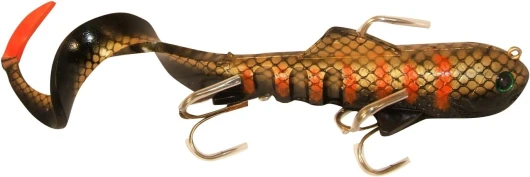
- + Realistic design for effective fishing
- + Versatile use for various fish species
- + Lightweight at 8oz for easy casting
- + Durable materials for long-lasting use
- + Great gift option for fishing enthusiasts
Seasonal Considerations for Musky Fishing
Adapting Your Approach to Seasonal Changes
Fishing for musky requires an understanding of how these elusive fish behave throughout the year. Each season presents unique challenges and opportunities, and your choice of swimbaits can significantly impact your success.
Spring Awakening
As the ice melts and water temperatures rise, musky become more active. During this time, opt for swimbaits with a vibrant tail action to attract their attention. The price of swimbaits may vary, but investing in a quality option is crucial for spring fishing. Consider swimbaits with a natural image aspect and preview image that mimics the prey musky are targeting.
Summer Strategies
In the heat of summer, musky often retreat to deeper waters. This requires swimbaits that can reach greater depths. Look for baits with a heavier weight and a cdn shop that offers a variety of options. The aspect ratio of your swimbait's profile can also play a role in enticing musky during this season.
Fall Feeding Frenzy
As fall approaches, musky enter a feeding frenzy to prepare for winter. This is the time to use larger swimbaits that can mimic the bulkier prey they are hunting. A selling plan that includes swimbaits with a robust tail action can be particularly effective. Ensure your tackle box is stocked with a range of swimbaits to adapt to the changing conditions.
Winter Tactics
Winter fishing for musky can be challenging, but not impossible. Swimbaits with a subtle action are ideal for the slower metabolism of musky in cold water. Consider swimbaits with a media alt that provides a realistic presentation even in low visibility conditions. The plan allocations for winter fishing should focus on precision and patience.
Understanding these seasonal considerations and adapting your swimbait selection accordingly can greatly enhance your musky fishing experience. Remember, the right swimbait at the right time can make all the difference.
Maintenance and Care for Your Swimbaits
Maintain Your Swimbaits for Longevity and Performance
Proper maintenance and care of your musky swimbaits are crucial to prolong their life and ensure they perform optimally. Regular upkeep is an investment that can prevent potential damages and save you from making frequent purchases.- Rinse and Dry: After each fishing trip, rinse your swimbaits with fresh water to remove any salt, mud, or debris that might have accumulated. It's important to dry them thoroughly to prevent rust on hooks and other metal components.
- Check Connections: Inspect the connecting points of your swimbaits regularly. Pay special attention to the tail and any joints if it's a segmented lure. Ensuring that all connections are tight and secure is essential.
- Store Properly: Use a tackle box with adjustable compartments to store your swimbaits. Organize them in such a way that prevents movement and friction, which can cause scratches or deformities.
- Keep Hooks Sharp: The effectiveness of your swimbait largely depends on sharp hooks. Regularly checking and sharpening the hooks ensures better strikes and reduces the chances of losing a catch.
- Monitor Wear and Tear: Regularly assess your swimbaits for wear and tear. Look for any signs of damage, such as chipped paint, worn decals, or cracked bodies. Early detection can save the swimbait and keep it in peak condition.

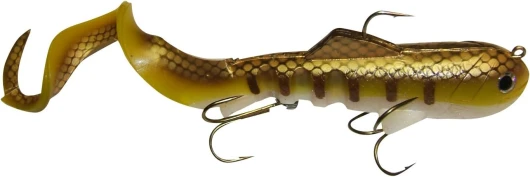

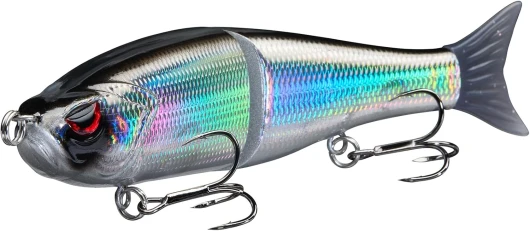
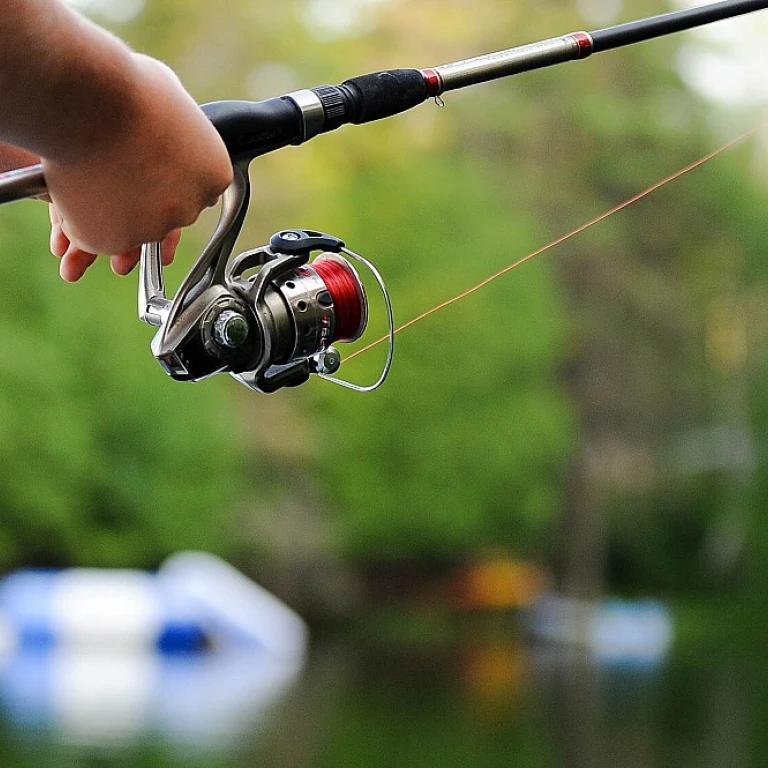
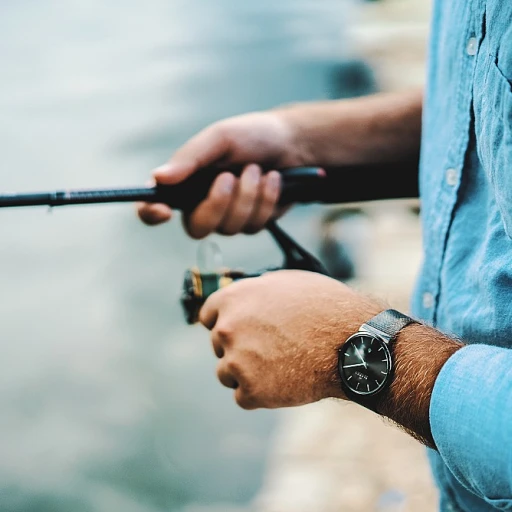
-large-teaser.webp)
